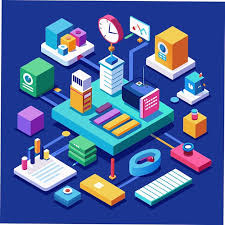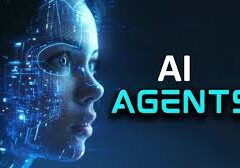Starting with Workflows-AI Project Planning by Workflows
Step 1: Identify Key Business Processes
Begin by listing out the most critical and repetitive processes in the business. This includes:
- Critical Processes:
- For ecommerce businesses, examples could include logistics, inventory management, and marketing.
- For a bank, these processes might involve fraud detection, underwriting, or regulatory compliance.
- Repetitive and Time-Consuming Processes:
- Focus on tasks that don’t require much cognitive effort but consume a significant amount of time for employees.
- Identify monotonous steps that frustrate staff and slow down the overall workflow.
Step 2: Pinpoint AI Integration Opportunities
Break down each business process to identify specific decision points where AI can add value. Examples include:
- Should I approve this loan application?
- What price should I set for this product for a particular customer?
- When is the optimal time to send a promotional email to this user?
- Should I shut down this machine due to a potential malfunction?
Step 3: Determine Relevant Data Sources
Next, brainstorm the types of data that could help solve these problems. Organize potential data sources by factors such as:
- Accessibility: How easily can the data be obtained?
- Legal Risks: Are there compliance or privacy concerns?
- Data Quality: Consider data formatting, accuracy, and cleanliness.
Step 4: Evaluate Data Viability
Once you’ve matched problems with potential data sources, assess the practicality of using that data. Investigate the quality, accessibility, and relevance of the data to ensure it aligns with the business use case. AI Project Planning by Workflows.










